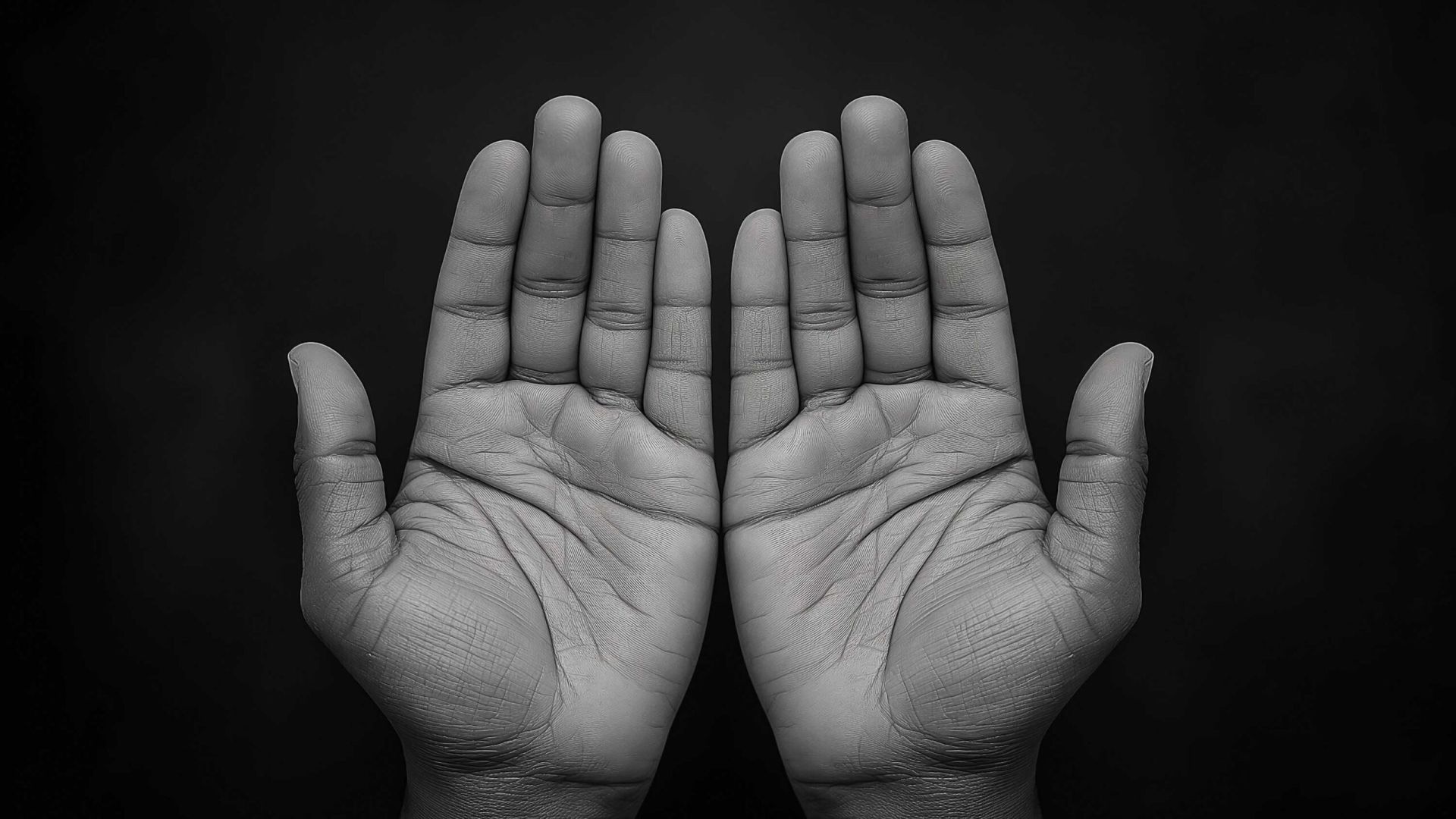The Ways of Making Taslīm
Shaykh Mūsá Richardson


References to the following four manners of performing the taslīm can be found in The Prophet’s Prayer Described (ṣallallāhu ʿalayhi wa-sallam) by al-ʿAllāmah al-Albānī, may Allāh have mercy on him.
Al-Salāmu ʿAlaykum,
In the sunnah, what found being the ways the Prophet sal’Allāhuʿalayhi wa’salām made taslīm?
Ex’s:
As-Salāmu’Alaikum wa’ Rahma tu’Llah (right) – As-Salāmu’Alaikum wa’ Rahma tu’Llah (left)
As-Salāmu’Alaikum (right)
Please post dhaleel.
Baarak-Allāhu Feekum – wa sal-Allāhu wa-sallam ‘ʿalá Nabiyyinaa Muḥammad,
was-Salām ‘ʿalaykum wa-Rahmatullāhe wa-Barakaatuh.
Abū Salafīyoon Faruq Al-Fauzani As-Salafī ‘ibn Fuqua
-From the Salafīs of Columbus, Ohio-
waʿalaykum al-salāmu wa raḥmatullāhi wa barakātuh
References to the following four manners of performing the taslīm can be found in The Prophet’s Prayer Described (ṣallallāhu ʿalayhi wa-sallam) by al-ʿAllāmah al-Albānī, may Allāh have Mercy on him:
1) as-Salāmu ‘ʿalaykum to the right slightly
2) as-Salāmu ‘ʿalaykum wa rahmatullāh to the right, as-Salāmu ‘ʿalaykum to the left
3) as-Salāmu ‘ʿalaykum wa rahmatullāh to both sides
4) as-Salāmu ‘ʿalaykum wa raḥmatullāhi wa barakaatuh to the right, and as-Salāmu ‘ʿalaykum wa rahmatullāh to the left
There is a fifth manner that al-Albānī did not mention found in [some of the original manuscripts of] the Sunan of Imām Abū Dāwūd, and that is to give the complete salāms (with “wa barakātuhu”) to the right and left.
Shaykh Muḥammad Ādam published a small booklet on the authenticity of the ḥadīth. In summary, the shaykh shows how this fifth way is found in manuscripts of Sunan Abī Dāwūd, other than the one(s) al-‘Allāmah Albānī had access to. He also shows how scholars from centuries ago referred to the ḥadīth, showing that it was indeed found in Sunan Abī Dāwūd many centuries ago.
Al-Hāfiẓ Ibn Hajr [d.852], for example, mentions it in Buloogh al-Marām, and references it to Sunan Abī Dāwūd. Since that has been translated along with the ‘Arabic as I remember, then you are free to check it.
The ḥadīth was also referred to by other scholars, like Ibn Daqīq al-ʿĪd [d.702] in al-Ilmaam.
This shows that, not only is it found in the manuscripts available today, the Indian one in Madīnah specifically, but it was also found in the manuscripts at least 700 years ago.
Another ḥadīth affirming this fifth manner of taslīm is found in Sunan Ibn Mājah as well, on the authority of Ibn Masʿūd. It is also found in the Ṣaḥīḥs of the two imāms: Ibn Hibbān and Ibn Khuzaymah.
Ibn Hazm [d.456] also mentioned it in al-Muhallā. As-San’aanee also mentioned it as the action of Ibn Masʿūd (mawqūf) in his Mūsánnaf.
This is a case of ziyaadatuth-thiqah, as Shaykh Muḥammad Ādam concludes after mentioning these reports. Then he, may Allāh preserve him, reminds us of one of the principles of Salafīyyah, shunning taqlīd, saying:
“And similarly, Shaykh al-Albānī has said in The Prophet’s Prayer Described (ṣallallāhu ʿalayhi wa-sallam) that it (“wa barakaatuh”) is only in the first taslīm. And all of this is from what is not to be looked to, due to the evidence we have mentioned, so contemplate, and do not become a captive of TAQLĪD, as it is the shelter of the BALEED (thick-headed one), and Allāh is the Guide to the Straight Path.”
He wrote this 13 years ago, may Allāh reward him immensely. And Allāh knows best.
Originally posted to: Ibn Taymiyyah Compared With the Philosophers: Exposing Abu Adam al-Naruiji’s Academic Fraud – Part 5

















